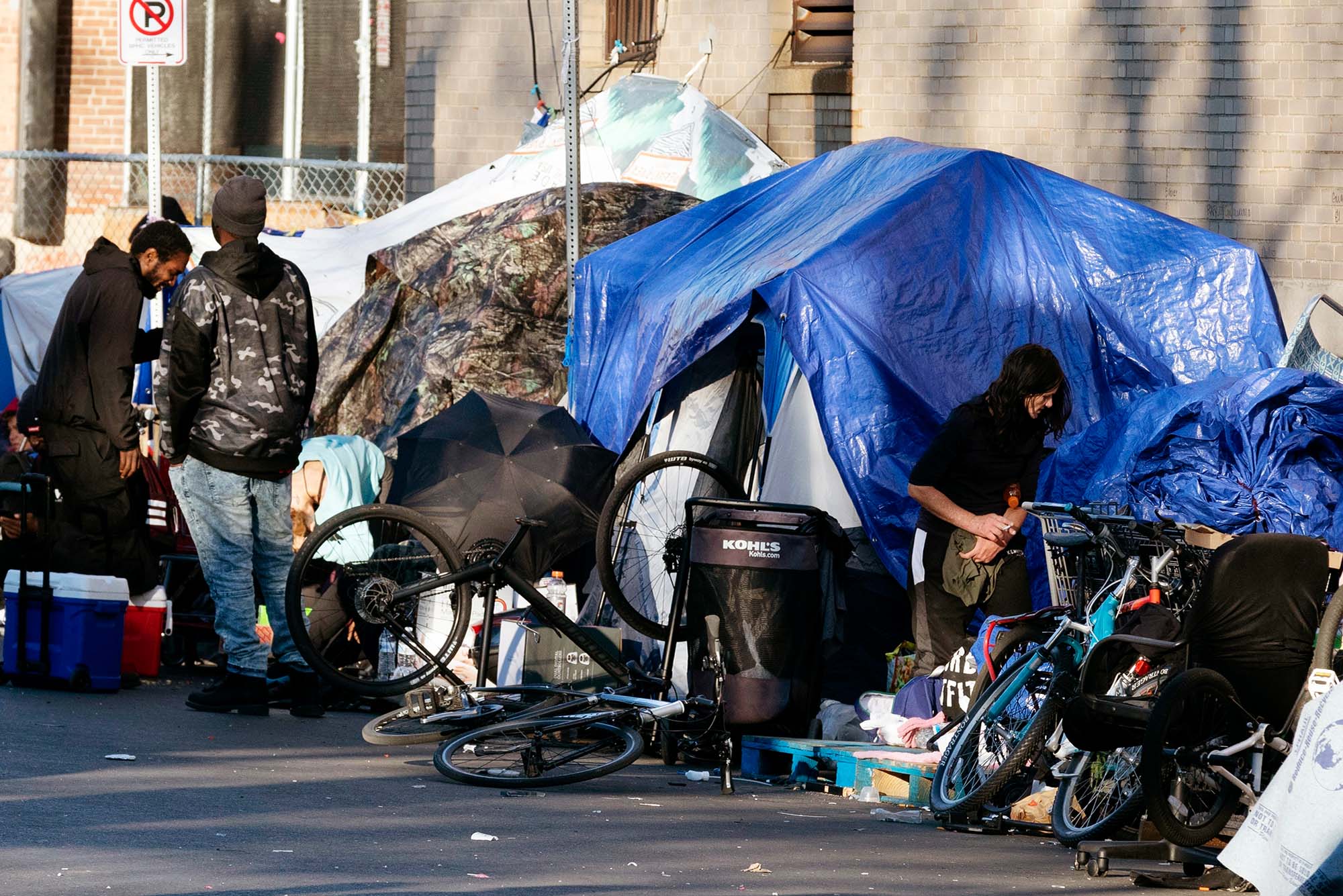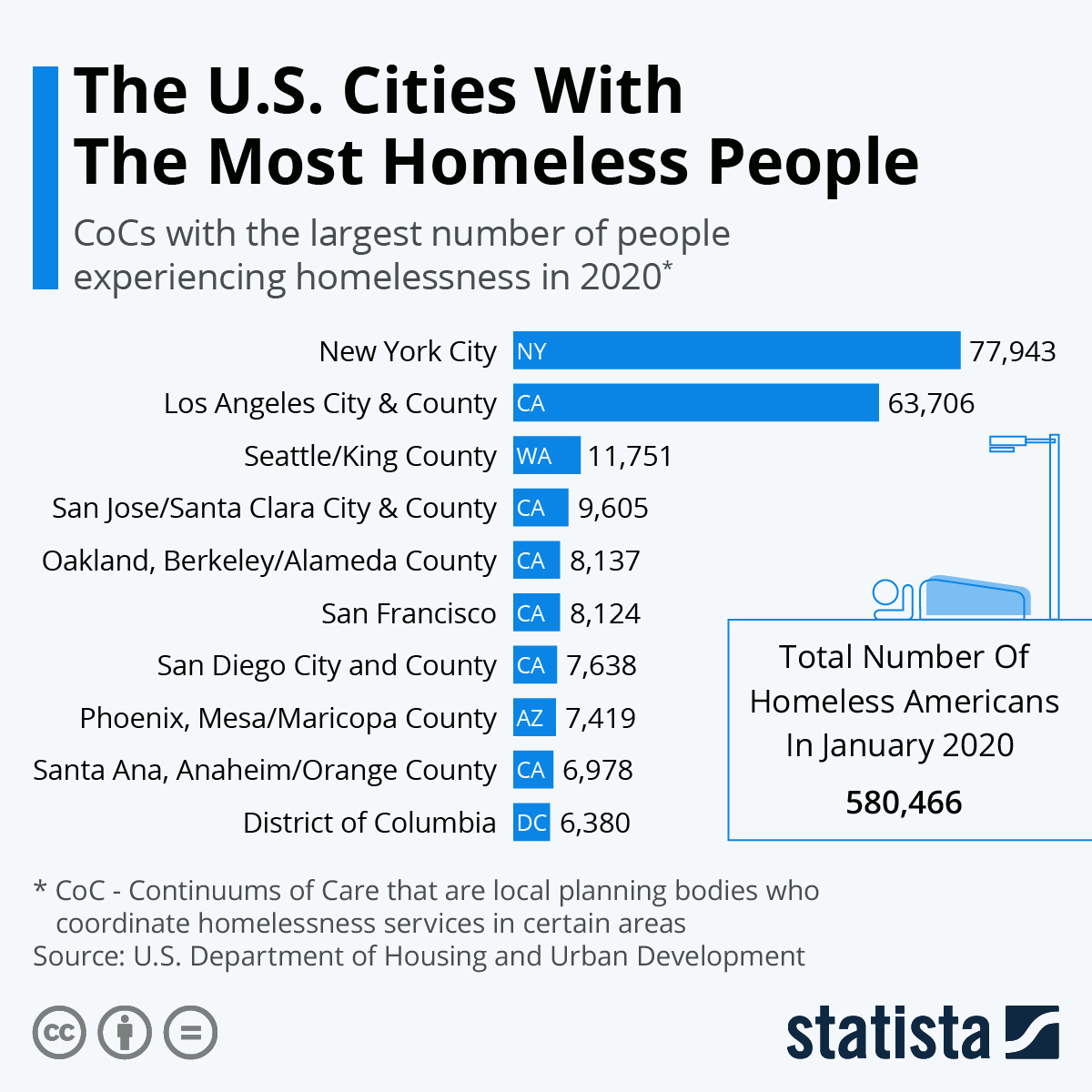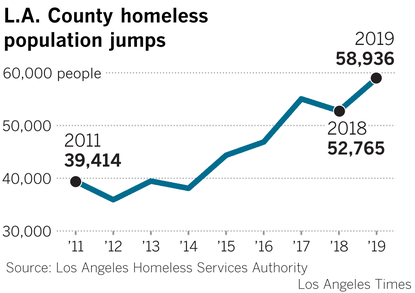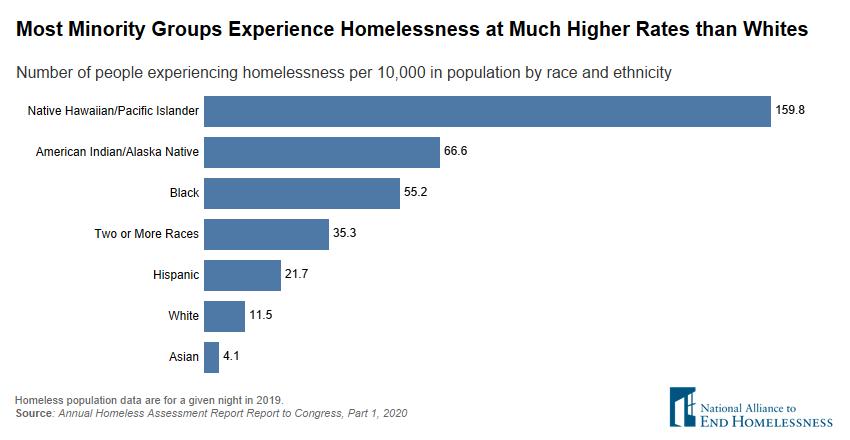Introduction
Homelessness is one of the major socio-economic challenges in the United States. According to Shinn and Khadduri (2020), the United States has almost 600,000 homeless individuals living in different parts of the country. The reports indicate that the number could be over one million people if those who are undocumented are included. The problem of homelessness has been associated with other challenges such crime, prevalence of diseases, and instability among the affected families. The federal government needs to make deliberate steps to address these challenges and ensure that affordable housing is accessible to all Americans irrespective of their social status. The proposal suggests that the federal government should introduce a mortgage product at no extra cost and easily accessing to first-time homebuyers who cannot have access to the current high down payments.
Literature Review
The federal government needs to take deliberate steps to address the problem of limited affordable housing units in the country. It is necessary to start by defining the concept of homelessness in the American context. The U.S. Department of Health and Human Services defines a homeless person “as an individual without permanent housing who may live on the streets; stay in a shelter, mission, single room occupancy facilities, abandoned building or vehicle; or in any other unstable or non-permanent situation” (Volunteer State Community College, 2022, para. 2). There are those whose primary residence qualifies them as homeless persons although they are not aware of the same.
The number of those who are classified as homeless has been consistently increasing over the years. Tsai (2019) explains that there is a misconception that homeless individuals in the country are unemployed. Recent studies have revealed that some of those who are homeless are working two or more jobs every day (Gonzalez & McGee, 2021). They have regular earning, but the challenge is that the minimum wage that they get is not enough to allow them rent houses in these cities. For instance, New York has some of the most expensive houses to rent in the country. Those who are earning minimum wage are forced sleep in their cars while others spend their nights in homeless shelters. Figure 1 below shows several homeless families in make-shift shelter in the United States.

Relevant Data Supporting the Need for the Policy
The magnitude of the problem of homelessness can only be understood by assessing the statistics associated with the same. As shown in figure 2 below, it is estimated that there are 580,466 homeless people in the country. The actual number of the homeless individuals could be higher because the data below does not take into consideration those who are undocumented. Major cities in the country have the highest concentration of those who are homeless. As shown in the figure below, New York City has the highest number of homeless people, at 77,943 individuals. Los Angeles city also has a considerably high concentration of those who are homeless, at 63,706 individuals. Other major urban centers cited in this report include Seattle in King county, San Jose, Oakland, Phoenix, San Francisco, San Diego, Santa Ana, and District of Columbia.

Recent studies show that the problem of homelessness has been getting worse, especially after the 2008 economic recession that primarily affected the real estate market. Figure 3 below shows the trend of homelessness in Las Angeles since 2011. The statistics show that from 2011, there has been a consistent increase in the number of those who lack primary shelter. In a span of 8 years, the number had almost doubled in this city alone. The data shows that if the federal government fails to take appropriate measures to solve the problem, it will get worse.

The report indicates that homelessness affects the minorities in the United States than the rest of the population. As shown in figure 4 below, the ratio of homeless individuals is highest among Pacific Islanders or Native Hawaiian. The statistics show that for every 10,000 Native Hawaiians, 159.8 of them, or 0.1598% of them are homeless. The American Indians or Alaska Natives comes in second, with about 66.6 individuals affected by the problem for every 10,000 people. The African Americans come in the third position from the bottom of this social index, with every 55.2 individuals affected for every 10,000 people. The three groups form the worst affected Americans with the problem of racism. They have been historically marginalized both in institutions of learning and in the workplace environment. Whites and Asians are the least affected group by the problem of homelessness. This federal policy will target this marginalized group to ensure that they have access to affordable mortgage.

Rationale
The United States government spends billions on healthcare and security sectors, which are directly affected by homelessness in the country. Families living in make-shift shelters are subjected to extreme weather conditions and other health complications, which make them susceptible to various health problems. Their limited financial capabilities forces them to seek medication in public hospitals (Shinn & Khadduri, 2020). Taking care of these people will reduce pressure on public hospitals. Security is another major concern that is related to homelessness. Homeless individuals are more likely to commit crimes such as robbery and burglary because of their deplorable living conditions. Young girls and boys can easily be sexually abused in these shelters because they lack security. Addressing the problem of homelessness helps in reducing the related socio-economic challenges. It is also ethically important for the government to provide shelter to its citizens because it is considered a basic need.
An Overview and Description of the Policy
The proposed policy will involve the federal government working closely with commercial banks to give affordable mortgage to qualified citizens of the country. Instead of the complex qualification requirements set by the commercial banks, this product will be available to all American adults who are in gainful employment, including those who earn minimum wage. The loan will be given at a flexible interest that cannot increase by more than 1.5% every year. The beneficiaries will be given up to 20 years to repay the loan to ensure that they have enough income to meet other financial needs.
Target Audience
The primary target for this product are the African Americans, Native Hawaiians, Alaska Natives, the mixed races, and Hispanics. These individuals were selected because they are considered to fall in the category of marginalized groups. Any American citizen who is disadvantaged will also qualify for the mortgage to ensure that no one is left behind (Prasongsin, 2022). Priority will be given to couples with children below 14 years because they are more vulnerable to various challenges associated with homelessness.
Potential Programs Related To the Policy
The government will need to work with the private sector in a new program that focuses on the construction of these affordable houses. Winkelstein (2021) explains that the problem of homelessness in the United States is caused by the limited number of housing unit. A related project that involves construction of new houses should commence immediately under a public-private partnerships. The government can subsidize the cost of construction to ensure that the primary goal of affordability is realized.
Potential Transformation
The new policy will have a major transformation in the socio-economic and political climate in the country. It will take hundreds of thousands of individuals and families off the street (Duncan, 2021). These individuals will have access to basic amenities such as clean water, electricity for heating, gas for cooking, among numerous other benefits. Cases of insecurity in major urban centers will significantly drop as everyone will have a shelter and physical address. Illnesses that result from sleeping in the cold and eating unhygienic food will significantly drop. The United States will be transformed into a society where everyone feels cherished and supported by the government.
Conclusion
Homelessness is a major social problem that affects almost every state in the country. The cost of renting or buying a house in the United States has been identified as the main cause of the problem. Although the rate of unemployment is at all-time low, the earnings that people make are too low to allow them rent or buy a house. This policy proposal will make it easy for the marginalized communities to access mortgage that is currently accessible only to the rich and the middle class.
References
Doctorow, C. (2019). LA’s new homelessness stats reveal a crisis that is only worsening. Boing. Web.
Duncan, L. (2021). United States of grace a memoir of homelessness addiction incarceration and hope. Broadleaf Books.
Goldberg, M. (2022). US mayors say homelessness crisis falls to them, but they lack support and funding. Boston University Today. Web.
Gonzalez, J., & McGee, M. (2021). Cities and homelessness: Essays and case studies on practices innovations and challenges. McFarland & Company.
McCarthy, N. (2021). Homelessness: The U.S. cities with the most homeless people. Statista. Web.
National Alliance to End Homelessness. (2020). Racial inequalities in homelessness, by the numbers. National Alliance to End Homelessness. Web.
Prasongsin, W. (2022). Bank of America’s new home loan program lets borrowers buy homes in select cities with 0% down and no closing costs. CNBC. Web.
Shinn, M., & Khadduri, J. (2020). In the midst of plenty: Homelessness and what to do about it. John Wiley & Sons.
Tsai, J. (2019). Homelessness among U.S. veterans: Critical perspectives. Oxford University Press.
Volunteer State Community College. (2022). What is the official definition of homelessness? Volunteer State Community College. Web.
Winkelstein, J. A. (2021). Libraries and homelessness: An action guide. Libraries Unlimited.